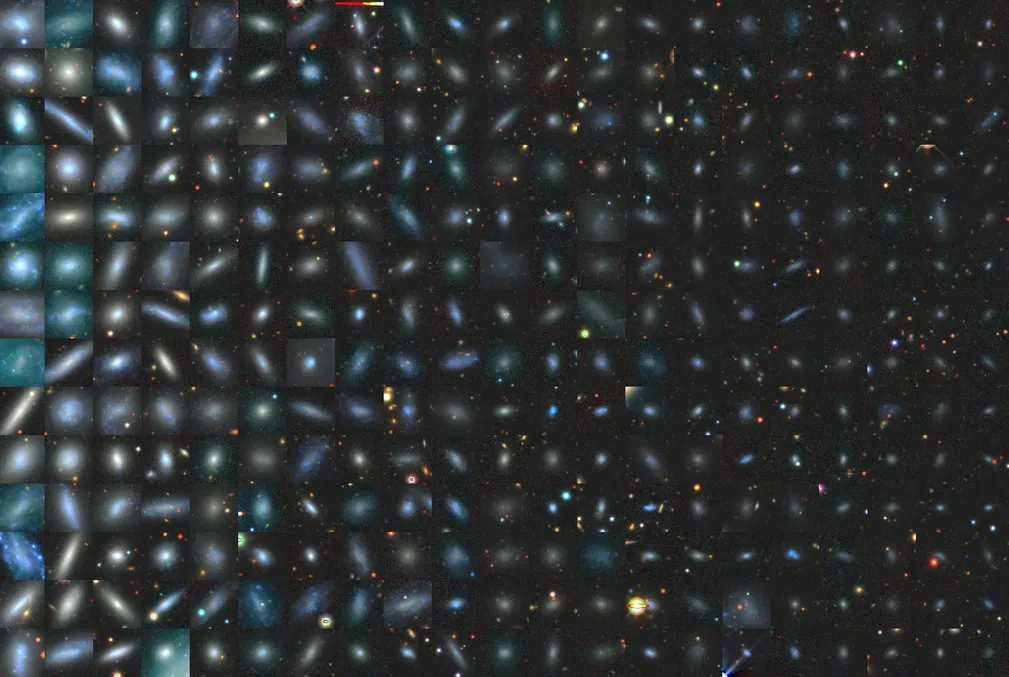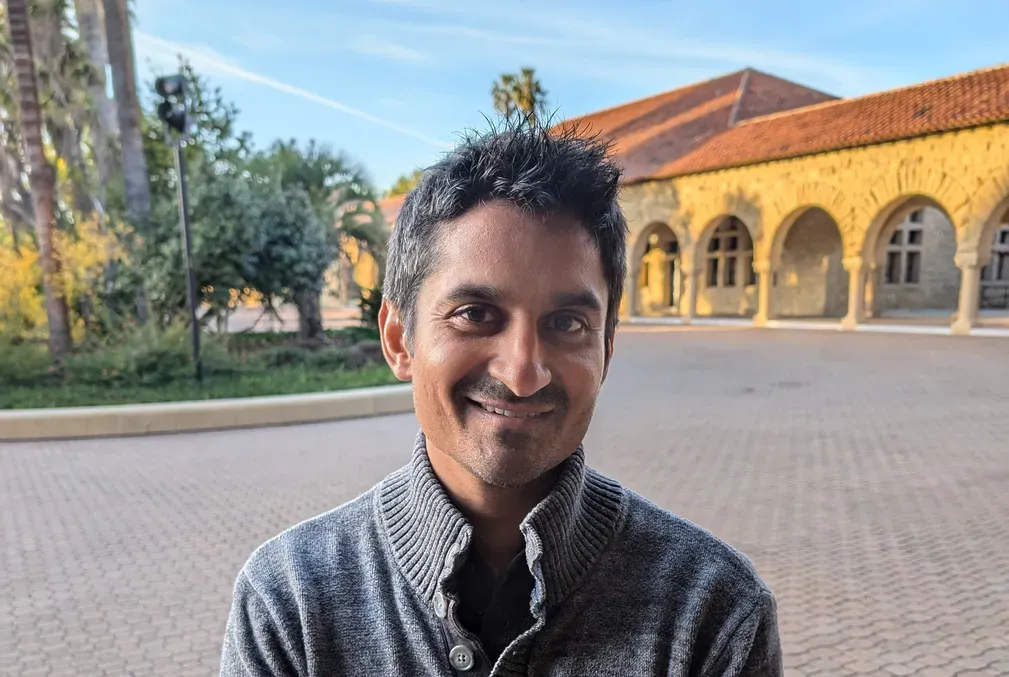Q&A: Marcus Feldman on evolving evolution
Modern science has shown that evolution is far more complex than the passing on of traits through genes. A new book offers fresh perspectives on organisms’ significant variance in their abilities to evolve based on interactions with each other and their environments.
With natural selection, Charles Darwin famously hit upon a cogent explanation for the dazzling diversity of life. In the 165 years since his proposal, scientists have richly substantiated Darwin’s vision, most importantly by identifying genes as conveyers of traits from successfully fit parents to their offspring. Yet more recent discoveries have revealed additional powerful drivers of evolution that go beyond basic genetics, leaving scientists in search of a broader paradigm.
Now a new book, aptly titled Evolution Evolving (Princeton University Press), brings together the latest scientific advances to offer a comprehensive framework for life’s boundless ingenuity. Borne of an international collaboration involving Stanford biologist Marcus Feldman, the book explores how the evolutionary process has itself continued to evolve over time.
Here, Feldman, the Burnet C. and Mildred Finley Wohlford Professor of Biology in the School of Humanities and Sciences, discusses some of the emerging perspectives presented in the book.
This Q&A has been edited for clarity and length.
Question: You are a founder of the field of cultural evolution. How has your research in this field helped illustrate the limits of traditional evolution by natural selection?
Answer: My colleagues and I started developing cultural evolution about 50 years ago. This phenomenon allows traits to be passed from generation to generation in a nonbiological way. An example is a humpback whale behavior called lobtail feeding, which I’ve observed myself. This weird behavior of a whale thrashing its tail on the water was first observed off the coast of Maine in 1980. That thrashing forces fish into a tight school. The whale then blows bubbles from its blowhole, trapping these fish for subsequent gobbling up. Other whales started copying the behavior, and now there are hundreds of whales that do this.
Lobtail feeding is a learned behavior. We think these kinds of behaviors are far more important than has been generally recognized in classical evolution textbooks. We’ve run statistical models where it has become very difficult to separate what might be called genetic inheritance from cultural—or nongenetic—inheritance. Organisms can clearly evolve through cultural transmission, not just genetic transmission.
Question: How has expanding knowledge about the microbiome, which encompasses bacterial cells living in and on organisms’ bodies, altered views of evolution?
Answer: Woodrats in the Mojave Desert exemplify how the microbiome links with evolution. These woodrats thrive on creosote, a plant that’s toxic to other creatures. The rodents have an ability to digest this terrible plant because of bacteria they ingest that’s been deposited in the environment via the feces of other woodrats. So in this case, a portion of the woodrat microbiome is transmitted through the woodrats’ interaction with their environment, instead of genetically, which illustrates a different view of evolution.
Question: In what way has epigenetics scrambled the tidy process of Darwinian natural selection?
Answer: One has to think in a much more multidimensional framework than was necessary prior to the rise of epigenetic science, which studies how an organism’s behaviors and environment may affect the way its genes work and how these modifications may be transmitted to offspring.
An example of epigenetics we use in the book is mice that are conditioned to fear. In experiments where mice experience fearful stimuli, they undergo an epigenetic change in which a methyl group is biochemically added to their DNA, affecting its functioning. Mice with this altered DNA become frightened more easily, and that fear can be transmitted to subsequent generations because the modification stays in the inheritable DNA. So you've got fear being transmitted—to offspring and grand-offspring—with learning as its basis.
Question: In traditional evolution, organisms seem passively subservient to their genetic lot. Is your book proposing that organisms play more active roles in determining their own evolution?
Answer: Before Darwin had proposed his theory of natural selection, the French researcher Jean-Baptiste Lamarck had a theory of evolution in which organisms can pass on traits acquired during their lifetimes. Scientists are revisiting this idea, and Lamarck’s work is actually being written about by a professor of the history of science here at Stanford, Jessica Riskin.
The question that is being raised in looking back at Lamarck’s ideas is: Do organisms have agency in their own evolution? And to some extent, what we're saying in the book is that there is an idea of agency. That agency can be microagency through controlling developmental processes, where an organism’s morphology or form adjusts according to its current internal and external environment. An example is the bichir, an African eel-like fish. When raised on land, it develops bone and muscle changes similar to those seen in the class of four-legged, land-based animals called tetrapods.
Or that agency can be macroagency through doing a behavior that is then transmitted to offspring in a nongenetic way. We can look at our own species through this lens. Our behavior has had a lot of consequences on biological aspects of human life, such as lifespan and the number of children per family. These things are largely controlled by cultural phenomena. The fact that contraception was introduced and adopted was not a biological phenomenon; we didn't change the genes of humans. But the consequences, if you look from a natural selection point of view, are quite dramatic because the number of children goes from the natural, which might be anything from, say, five to 12, to a far smaller number who have more resources invested in them and thus are likelier to survive and go on to reproduce.
Question: How do you think the teaching of evolution should likewise evolve to accommodate modern insights?
Answer: One thing the book shows is that a reasonably competent understanding of evolution now requires more than it did 25 or 30 years ago. It’s on us as academics to try to make our students familiar with the various disciplines that are being incorporated into the notions of evolution and make it clear how evolution itself evolves.
Acknowledgments
Feldman is also a member of Stanford Bio-X, the Stanford Cancer Institute, the Stanford Woods Institute for the Environment, and the Wu Tsai Neurosciences Institute.
To read all stories about Stanford science, subscribe to the biweekly Stanford Science Digest.
Media contact: Marijane Leonard, School of Humanities and Sciences marijane [dot] leonard [at] stanford [dot] edu (marijane[dot]leonard[at]stanford[dot]edu)





